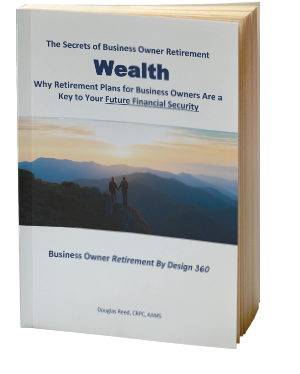Cash Flow and Emergency Fund Optimization: An emergency fund is not just a defensive measure, it is foundational
While advanced tools and long-term goals attract attention, the foundation of financial stability lies in cash flow and emergency planning. Without sufficient liquidity, even the best investment strategies can unravel when unexpected expenses arise.
The Case for Emergency Funds
Most advisors recommend 3–6 months of essential expenses as an emergency buffer. In today’s climate of economic uncertainty, job transitions, and elevated living costs, leaning toward the higher end of that range – or even 9–12 months for self-employed clients – provides greater security.
Emergency funds ensure clients don’t need to liquidate investments during market downturns or take on high-interest debt. This is especially important given today’s volatile equity markets and higher borrowing costs.
Optimizing Cash Flow
Emergency funds are only one part of the equation. Effective cash flow management involves:
- Budgeting with Inflation in Mind – Many households underestimate how rising prices for healthcare, housing, and food impact long-term plans.
- Automating Savings – Setting up systematic transfers into emergency or sinking funds helps avoid lifestyle creep.
- Debt Management – Prioritizing high-interest debt repayment remains critical, especially with credit card rates near historic highs.
Advisors can use cash flow analysis tools to uncover discretionary spending opportunities and redirect savings toward long-term goals.
Where to Park Emergency Funds
Liquidity is key. Options include:
- High-Yield Savings Accounts* – FDIC-insured and offering 4–5% yields in 2025.
- Money Market Funds – Provide liquidity with slightly higher returns, though not FDIC-insured.
- Short-Term CDs or Treasuries – Useful for laddering strategies while keeping funds accessible.
A tiered approach – keeping one month of expenses in checking, several months in savings, and additional reserves in short-term instruments – can optimize both liquidity and return.
Today’s Environment
With market uncertainty, potential recessionary pressures, and interest rate volatility, having strong cash reserves is more important than ever. Advisors should revisit emergency fund adequacy with all clients, from young professionals just starting out to retirees needing cash flow predictability.
An emergency fund is not just a defensive measure – it is the foundation upon which all other wealth strategies can safely be built.
*Source: NerdWallet
This material is published and distributed by Financial Media Exchange for informational and educational purposes only. It is not intended as investment advice or a recommendation to buy or sell any security. Investing involves risk, including the potential loss of principal. Past performance does not guarantee future results. Investment returns and principal value will fluctuate, and you may experience gains or losses when you sell your investment. Current performance may be higher or lower than the performance data quoted. The information presented is believed to be reliable but is not guaranteed. You should consult your own financial professional before making any investment decisions. Financial institutions may receive compensation or have other incentives when recommending certain deposit accounts, funds, or securities. This content complies with SEC and FINRA guidelines for educational communications and does not promote any specific products or strategies.

